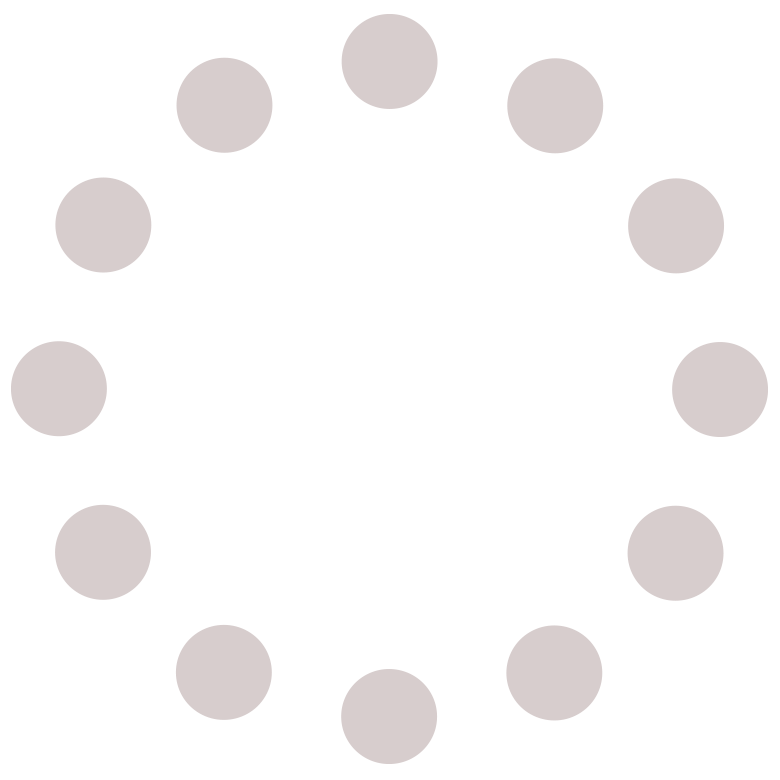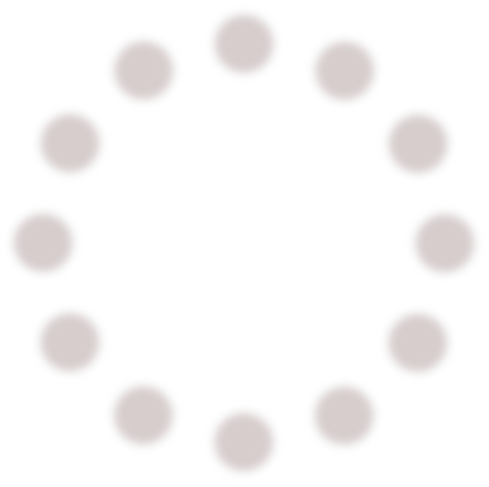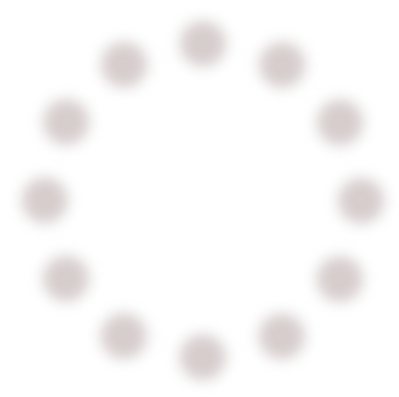Introducing Tom & Jack
September 27, 2009

Jackson Pollock trickles house paint for a legend-making story as it appeared in LIFE magazine in the summer of 1949. Time magazine would later call him “Jack the Dripper” © Time & Life Pictures/Getty Images, Photographer Martha Holmes, Image Courtesy: Peggy Guggenheim Collection
It’s next time again.
True to the title of this Blog I am beginning a new project and I can’t wait to tell you about it. In an exciting collaboration with the Art Historian, Henry Adams, we are about to produce some films to promote his new book on Jackson Pollock and Thomas Hart Benton. The book is called: Tom & Jack – the Intertwined Lives of Thomas Hart Benton and Jackson Pollock. This project, I am happy to say, is headed for greatness and you, dear reader, are about to get an exclusive preview.

The cover of Tom & Jack to be published in November by London’s Bloomsbury Press (who also published Harry Potter).
This project has it all. It is filled with provocative ideas and I can’t wait to hear your reactions and insights. Let me give you some background.
Jackson Pollock needs no introduction. He is such a larger than life American icon. In fact, one of the reasons he became larger than life is because of LIFE – the magazine. In 1949 there was a big spread on JP and this pop culture exposure coupled with his unique slapdash style and his tragic drunken high-speed death made him an American icon. We know why Jackson Pollock crashed and burned but I’d like to know what the hell ever happened to LIFE magazine? It was great! Some of the world’s best photographers. Stories told largely through pictures. Why do you think it is not on your coffee table any more? What changed?

“Cut the Line”painted for the U.S. Navy in 1944 by Thomas Hart Benton. Henry explains that although Benton was the son of a U.S. Congressman he liked to present himself as a “crude, uneducated hillbilly.”
Thomas Hart Benton you know as well. You know his style and his work but he remains sort of like one of those great character actors whom you love but you can never remember his name. This is a great example of a picture being worth a thousand words. What you might not know, I sure didn’t, is that Benton was Pollock’s teacher. Henry’s story of their relationship reads like a thriller. Without giving too much away here is Henry’s description of the plot:
“The drip paintings of Jackson Pollock, trailblazing Abstract Expressionist, appear to be the polar opposite of Thomas Hart Benton’s highly figurative Americana. Yet the two men had a close and charged relationship dating from Pollock’s days as a student under Benton. Pollock’s first and only formal training came from Benton, and the older man soon became a surrogate father to Pollock. In true Oepidal fashion, Pollock even fell in love with Benton’s wife. Pollock later broke away artistically, rocketing to superstardom behind his stunning drip compositions. But he never lost touch with Benton or his ideas—in fact, his breakthrough abstractions reveal a strong debt to Benton’s teachings.”

Henry Adams, the Art Historian and provocateur is caught here probably girl watching somewhere in Italy.
Henry Adams, shown here, looking young handsome and frisky on an Italian street someplace, is one of the foremost Benton scholars in the world. In fact, he appears in a wonderful Ken Burns movie about Benton. I am really excited to work with Henry. His book on the American painter Thomas Eakins, Eakins Revealed got rave reviews. Andrew Wyeth called this book “The most extraordinary biography I have ever read on an artist.” Booklist called it, “Cogent, Exhaustive, Incendiary and Daring.” Henry and I collaborated on the film about the artist Christopher Pekoc, with the great title conceived by Henry, The Beauty of Damage and we are working together on the Extreme Visions documentary – a film about architecture, patronage and creativity at Princeton.

Click on the above picture to play with an interactive slide show brilliantly executed by the talented art directors at Smithsonsian.
This past week both Art News and Smithsonian did stories about Tom & Jack on the web. Check out the Smithsonian article – Decoding Jackson Pollock. This may be the spark that ignites a national news story. The enthusiastic comments there (some pro and some con) indicate Henry has touched a raw nerve. Many of the opinions there are not new but it is great to read people thinking and feeling so passionately about art. These articles do great job of explaining “the name in the painting controversy.” Henry’s Smithsonian article tells the story of how his beguilingly beautiful wife Marianne Berardi (who is also a distinguished Art Historian) discovered hidden treasure in a fifty year old 140 million dollar masterpiece. As if that weren’t enough, consider this provocation that directly relates to the discussions here on music.
Old Art = Literature? New Art = Music?
Henry’s brilliant book shines fresh perspective on some classic arguments. One of these was put forth by the journalistic art historian Clement Greenburg in a breakout essay published in 1940. Henry explains,
“Greenburg’s idea was that certain art forms become particularly popular in a period and then set the pattern for other arts. For example, he felt that nineteenth century painting and sculpture imitated literature because it told a story. Greenburg was interested in the idea that modern art had moved away from literature and instead was working in abstract terms more similar to music. He proposed that shifts of this sort were due to the imperatives of history, that in the modern age it was impossible to make representational art without making a “surrender to images from a stale past.” With abstract art, “there is nothing to identify, connect, or think about, but everything to feel.”
The analogy is fascinating. The spectrum of old and new literature and old and new music fits in here as well. I can’t wait to hear your thoughts on all of this. The short films we are about to create will explore many of these topics and, as always, your insights will help enormously. Stay tuned.
Until next time with much love I remain your,
Tommaso





12 Comments
This just in from Donna Seaman at Booklist, Congratulations Henry!
“Adams practices art history with a novelist’s narrative skills and psychological acuity, a sleuth’s instincts, a passion for aesthetic and technical explications, and a gift for sea change interpretations. Utterly absorbing, carefully reasoned…Adams offers arresting insights into Pollock’s life and work. Encompassing a stunning discovery by his art-historian wife, Adams’ commanding, corrective double portrait reveals myriad camouflaged truths.” – TB
Dear Tommasso,
Thanks for a most intriguing piece! I am still rocked by the question of non-accountability to representation in modern art– and how “feeling” as the only thing to hang onto leaves me often without any real depth of attachment or interest in the work. I am also very intrigued by what Sarah Gridley said about reading Finnegan’s Wake aloud, and loving its raucous voice, fun, and energy– not finding it “difficult”. Today I was for the first time watching the dvd mentioned by Charles Michener, with Krystian Zimmerman playing Chopin and Schubert. I had set it aside, because normally I just want to listen, and at first was upset that it is a DVD, and needs to be SEEN, also. But he is truly a beautiful and fantastic musician, playing music I love; and playing it with a perfection which is mirrored in the Steinway piano’s high gloss, just facing his hands on the keys. It was the best gift of unexpected but expected loveliness, and watching it made it even more obviously a work of art blooming in time. Sometimes we forget the issue of time in “flat” art such as painting; which is one of the reasons I think that Pollock’s act of throwing paint, dripping paint, dribbling paint, and so on, dramatized the way a painting happens, and sort of brought the temporal to everyone’s attention. I am a fan of classical music, and I am familiar with these pieces, and I LOVE listening to Mr. Zimmerman play them, and I love watching his face, as he plays with the fantasy and depth and intensity which I have come to feel are “psychologically true” self-portraits of these artists. I am not sure what I am reaching for here, except to say that to me, Jackson Pollock’s work does not open that way for me, the jewel box of his psyche. Perhaps I am just too 19th century. My dad was a painter, and I watched him paint. It is always interesting to watch someone paint, and watch what they take pains over. It is always interesting to see what they don’t like about their own work, and what they feel proud of. I liked what Sarah had to say about writing poetry. I am looking forward to reading the book “Tom and Jack”, and learning how Henry sees their work. I think the way artists influence each other, and what the milieu around them is reaching for is fascinating. I want to thank Charles again for the best birthday present I could have received, in that Zimmerman DVD. Bless you!
It’s hard to believe Americans became so visually illiterate Life Magazine met it’s demise but the other reason, Americans became so literate pictures became unecessary seems more improbable. The literate people remaining, Clement Greenburg for instance, gave us a benchmark of his own to define the visual world of art. And I quote the famous quote, “Until Clement tells us it’s art it isn’t”. Clement Greenburg is the most infamous example of the verbal world usurping the visual and giving us, for better or for worse Jackson Pollock and the contemporary world of art we live with today. And I’ll draw my last cartoon believing this!
Tom, wonderful synapses about Henry’s book “Tom and Jack”, which I was honored to get a sneak peek at several month ago, of which I could not put down on a long flight to CA. In fact I handed it momentarily to my husband and he did not give it back to me for a half an hour! I agree that Henry accomplished a great deal with this book uncovering a most personal story and relationship, long hidden by art historians. Leave it to Marianne’s keen eye to discover the calligraphic nature of that piece.
I first became aware of Benton and Pollock’s relationship on a visit to the New Britian Museum of American Art in New Britian, CT. several years ago. On exhibit were several large Benton murals as well as a little, traditional oil painting of a sailboat in a Cape Cod style harbor– very tame and conventional — painted by Benton’s assistant, Jackson Pollock. The exhibit also explored how much of a self-promoter and p.r. man Benton was — another attribute that young apprentice Pollock undoubtedly acquired at the foot of the master.
Henry has just informed me the story on Tom & Jack appearing the on the Smithsonian website has broken all records at the magazine. The webmaster at Smithsonian writes, “It broke all records for our website — more than 1.2 million visitors in a day and nearly 600 comments submitted.” Congratulations Henry! – TB
I find Greenburg’s framework too reductive. As if all literature aspires to story-telling! Lyric poetry keeps (has always kept) very close council with music and art. Valery quite famously observed that poetry should aspire to the condition of music. Freedom from representational “accountability” is not the privilege or innovation of one genre or another. Greenburg’s alignment presupposes that literature does not evolve, which is quite obviously not the case. Go back to 1967, to A.R. Ammons’ lecture to the International Poetry Forum, “A Poem is a Walk”:
“The motion may be lumbering, clipped, wavering, tripping, mechanical, dance-like, awkward, staggering, slow, etc. But the motion occurs only in the body of the walker or in the body of the words. It can’t be extracted and contemplated. It is nonreproducible and nonlogical. It can’t be translated into another body. There is only one way to know it and that is to enter into it.”
Good advice for viewing a Pollock painting!
In the effort to disengage from the representational, to liberate the NON-discursive expressive powers of a medium, painters, I think, have it easier than writers, and composers, easier than painters. This has to do with the expectations we impose on each medium. With music, the audible, we permit ourselves to bathe in the perceptual, in the present act of listening, with no rush toward conceptual meaning-making. With painting, the visible, we are in more of a hurry from the perceptual act of seeing toward the conceptual act of interpretation. With language, audible and visible, but not for its own expressive sake, for the sake of the “real world” it designates, the rush from the perceptual to the conceptual is practically collapsed in the very act of reading/talking/listening.
In most of our encounters with it, we EXPECT language to behave transparently, to “carry” meaning across, to re-present, faithfully, the thing(s) it signifies. While deconstructionist theory exposed this myth for what it is, still, in our everyday transactions, contracts, etc., we trust language to perform this work. When the linguistic medium itself becomes the message, a la Finnegan’s Wake, or much of contemporary poetry, refusing to point, beyond its own motions and textures to a clearly identifiable “out there”–we call it “difficult.”
I am currently participating in a weekly Finnegan’s Wake read-aloud group, and I find it anything but difficult. On the contrary: it is buoyant, energizing, liberating, joyfully irreverent.
I write poetry to dilate my acts of attention, to slow the rush from the perceptual to the conceptual, to celebrate the textural richness of consonants and vowels, syntactical shapes, stressed and unstressed syllables. Perhaps this IS a form of story-telling, but it a form of story-telling about the medium itself, about the pliancy and energy and color of language, which is for me, not something OUTSIDE the world connoting or denoting it, but very much INSIDE and a part of its pitches and turns.
Tom,so excited for you,it sounds sooo interesting.I cant wait to be able to get the book,let me know when and where I can order it.I have been really getting into Art this summer and took a 2 week abstract with Stephen Westfall.He writes for Art in America and I’ll send him your blog.Keep the blog going,sandra
Hi Tom
Very exciting project! How great that you are collaborating with Henry Adams who I very much respect and admire. You may be interested to know that I spent a couple of weeks as a child visiting Thomas Hart Benton daily on Martha’s Vinyard, not to see him but to play with his German Shepherd named Giotto. We were renting a summer cottage next door owned by his close friend and fellow artist Georges Schreiber. I remember Benton quite well who was always working at his easel but welcoming to us children. Giotto even more so. Very sweet memory.
Chris
Dear Tom,
The project looks wonderful. Thank you for the sneak peek.
I’ve thought about the art:music analogy as applied to media. I think it explains what happened to Life Magazine:
Old Media = Words and Pictures New Media = Internet, Film, Audio, etc…..
Peg
i have been privileged to read the manuscript to henry’s riveting book about the intimate relationship between these two giants of american painting. and yes it does read more like a novel than any critical scholarly tome. one of the connections from the piece you are writing to jackson’s quantum leap and artistic riff on benton, is very much like a jazz improvisation on the lick that the master lays down, and the then newby flies off with. though we admire the master’s lowdown, it’s the student whose riff has us jumping for the next half century plus.
Where is Henry girl watching? I see “limone” on the sign behind. Is it in Campagna?
Henry tells me it was Florence. He also pointed out the sign, in Italian, says, “non-alcoholic drinks” which he thought was pretty ironic to accompany a book about Benton & Pollock! – TB